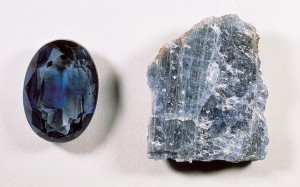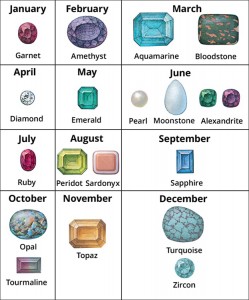Library Card Sign-Up Month
Monday, September 25th, 2023
E-books are available for purchase on the websites of publishers and online bookstores. Some libraries offer e-books over the Internet at no cost. In this picture, a librarian demonstrates how to download a library book onto an e-reader.
Credit: AP Photo
September is Library Card Sign-up Month. Libraries around the world are waiting for you to stop by and check out what they have to offer! While you may think libraries are just for checking out books, they have so much more in store. From E-books to workshops, librarians stay busy reaching out to community members like you. Libraries hold troves of information beyond the stacks of books – in their databases! Many libraries hold book clubs, workshops for various hobbies, career fairs, computer classes, and more!
A library is an organized collection of books and other materials. Such materials may include magazines, newspapers, maps, films, compact discs (CD’s), online databases, and other print, electronic, and multimedia resources. Libraries play a vital role in the world’s systems of communication and education. The numerous resources and services that libraries provide help people carry out their work, studies, and leisure-time activities. Libraries rank among society’s most important and useful cultural institutions.

The organization of materials is one of the central tasks of a librarian’s work. This library worker is shelving books according to call numbers, which reflect the subject matter of the books.
Credit: © Blend Images/SuperStock
Libraries provide access to knowledge and information that has been accumulated throughout history. People of all ages and all walks of life—including students, teachers, scientists, business executives, and government officials—use library resources for their work. In addition, large numbers of people turn to libraries to satisfy a desire for knowledge, to pursue a hobby, or to read in their free time. Many people also take part in special programs and events at libraries. Such events may include discussions, concerts, lectures, exhibitions, and story hours.
Libraries have graced the world since people began writing to record information about 5,500 years ago. Libraries back then were a pile of clay tablets, which makes libraries today seem like amusement parks! The most famous library of ancient times was the Alexandrian Library in Alexandria, Egypt. Alexander the Great founded Alexandria in the 330′s B.C. His successors as ruler of Egypt, Ptolemy I and Ptolemy II, developed the Alexandrian Library into the greatest collection of scrolls in the ancient world.

The Alexandrian Library in Alexandria, Egypt, was the most famous library of the ancient world. It had a copy of every existing scroll known to the library’s administrators.
Credit: © Montagu Images/Alamy Images
Today’s libraries differ greatly from libraries of the past—not only in the resources and services they offer, but also in physical layout and atmosphere. In turn, future libraries will differ from those of today. This is so because libraries constantly strive to expand and perfect the services they provide and the contributions they make to society.
The contents of libraries have changed so much through the years that the word library itself is, in a sense, inaccurate. The word comes from the Latin word liber, which means book. It is used because libraries traditionally were largely collections of books. Today’s libraries house many books, of course. However, they also have a wide variety of other resources that communicate, educate, and entertain.
Libraries provide access to information in a wide variety of formats. Library users can obtain information from books, magazines, manuscripts, newspapers, pamphlets, and online databases. Library users also have access to audio and visual materials such as CD’s, DVD’s, films, maps, paintings, and photographs.
In addition to regular books, a library may have large-type books, braille books, and recordings of books, called audiobooks. Librarians keep pace with the changing contents of libraries to serve as many people as possible. Their efforts have turned libraries into multimedia resource centers, which house educational and recreational materials in a variety of forms.
The expansion of library resources greatly increases the library’s ability to communicate and educate. For example, people interested in classical music can listen to CD’s and read books about famous composers. Individuals who enjoy art can use library computer terminals to search the Internet for informative writings, pictures, and video presentations. Students of agriculture can read magazines and watch films on farming methods.
Immigrants to the United States can find pamphlets on becoming a citizen and read books about the United States in their original language. In addition, many people use magazines, newspapers, and websites to find the most up-to-date information on current events.
School libraries also supply materials that students and teachers need for their work. The librarians teach students how to use a library and how to locate and evaluate information—skills that will benefit them throughout life. Head over to your local library to sign up today!






